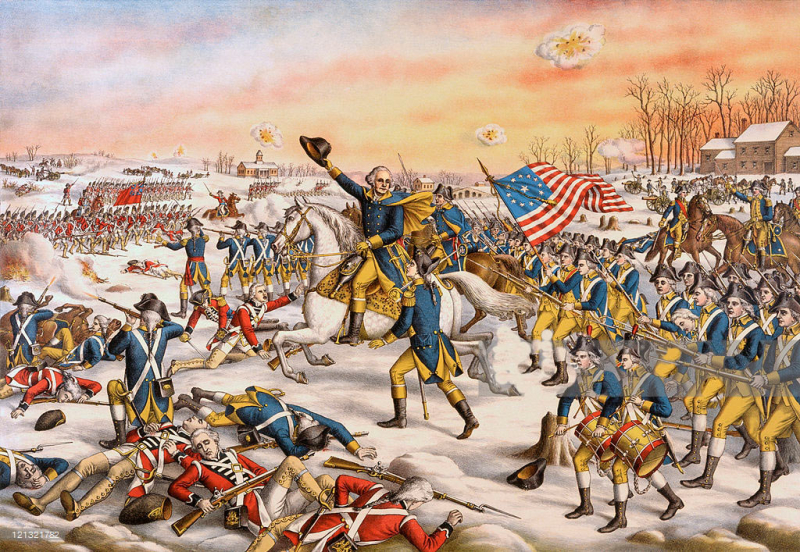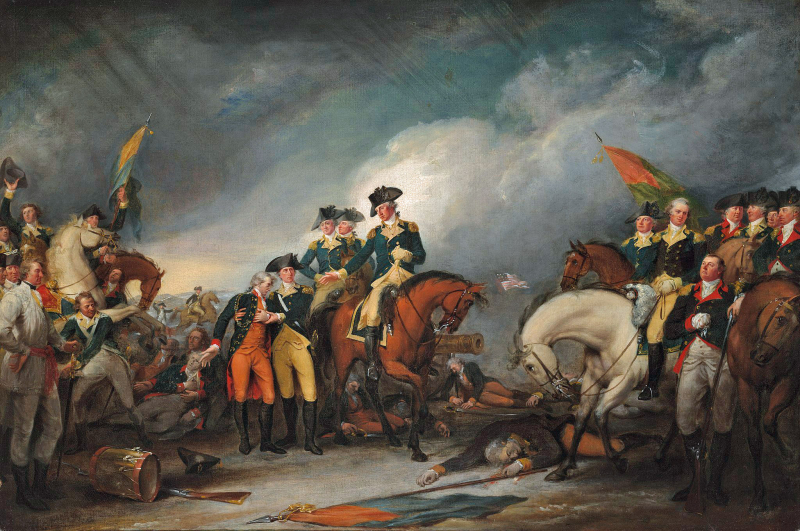Information obtained by a “very intelligent young gentleman” held overnight by the British was vital to American plans to advance on Princeton.
This unnamed informant was possibly a Princeton University student (established in 1746 as the College of New Jersey), who was detained by British forces stationed at Princeton on the night of December 29–30. He "made his escape" and arrived in Colonel John Cadwalader's camp at Crosswicks, 15 miles south of Princeton, before midday on the 30th. Colonel Cadwalader was in charge of a brigade of Philadelphia Associators stationed there. According to the best information he could obtain, there were approximately 5,000 men total, almost equal numbers of Hessians and British troops. Cadwalader produced a map of Princeton, its approaches, and the British forces nearby, gathering as much useful information as he could. The next day, it was in Washington's possession.
On order to defend the city's roads from Trenton to the south, Pennington to the west, and Kingston to the north, the British stationed artillery in the main street. The informant did note that "no sentries on the east side of town," where a meandering road went "to the back section of Princeton which may be approached on this side - the country cleared mostly for about two miles& little fences," were present. This verified data collected the day before by a mounted scouting party under the command of Colonel Joseph Reed. The Saw Mill Road, also known as this route, became Washington's main access point to Princeton.













